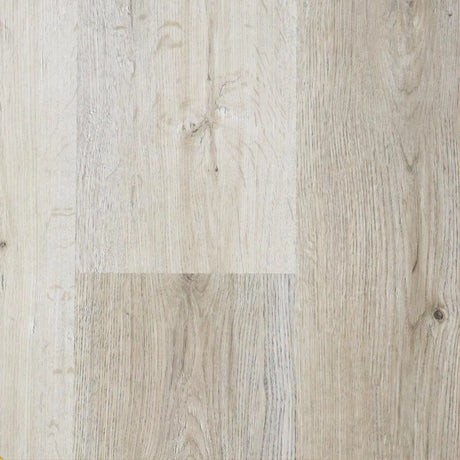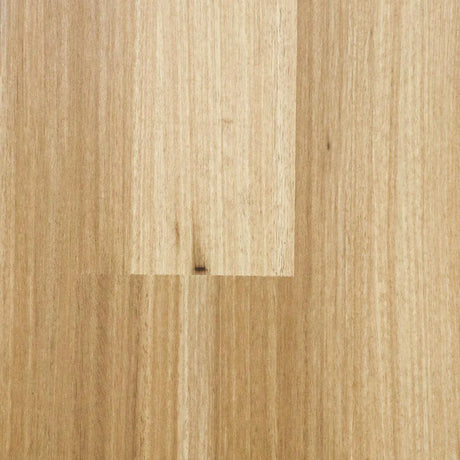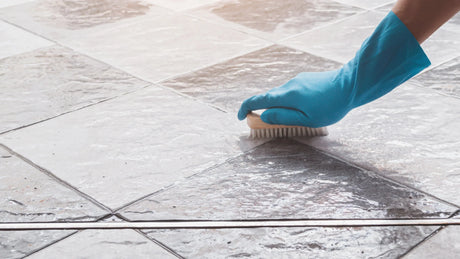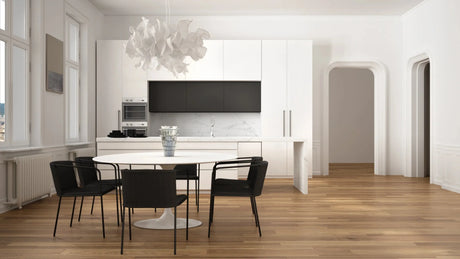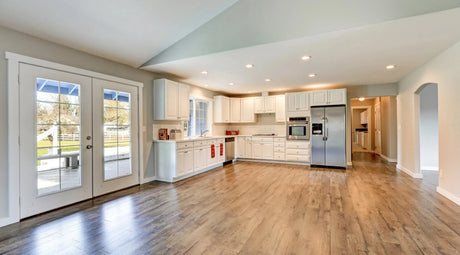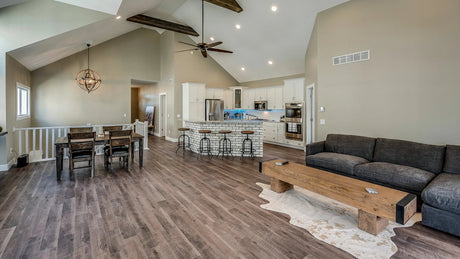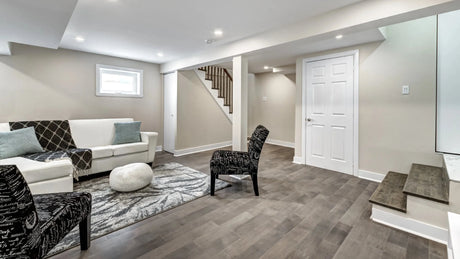What is Vinyl Flooring?
Vinyl flooring is a synthetic flooring material made from PVC (polyvinyl chloride), designed to mimic the look of natural wood or stone — without the high cost or extensive maintenance. It’s waterproof, comfortable underfoot, and ideal for high-traffic areas in your home like kitchens and dining areas.
Types of Vinyl Flooring We Carry
At Besso Floor & Decor, we offer a wide selection of vinyl flooring styles to suit every room, budget, and design — all chosen for durability, comfort, and ease of maintenance.
-
Luxury Vinyl Plank (LVP): Mimics hardwood with realistic textures and grains. Great for living rooms, bedrooms, and basements.
-
Luxury Vinyl Tile (LVT): Resembles stone or ceramic tile, but softer, warmer, and easier to install.
-
Click-Lock Vinyl Flooring: Easy to install without glue or nails. A favourite for DIYers wanting to do work without contractors.
-
Glue-Down Vinyl Flooring: Designed for long-term durability and stability. Ideal for commercial spaces like offices or busy households.
Where to Use Vinyl Flooring
Vinyl is waterproof and has a scratch-resistant surface, making it a smart choice for families, pet owners, and anyone looking for easy-care flooring. Vinyl is perfect for:
- Kitchens and dining areas
- Bathrooms and laundry rooms
- Basements and rec rooms
- Bedrooms and rental properties
- Condos or high-rise units
Installation
Vinyl flooring is known for its quick and easy installation. Most styles feature a click-lock design, while others are glue-down. Whether you’re installing it yourself or hiring a contractor, we can help — just ask in-store for recommended local installers. We’ll be more than happy to help.
Why Choose Vinyl Flooring from Besso?
From expert advice to convenient delivery options, we make it easy to shop with confidence — whether you're planning a quick room refresh or a full home or apartment renovation.
See It in Person
Visit our Markham or Etobicoke stores to browse textures, finishes, and colours up close and personal.
Expert Guidance
Not sure which type of vinyl is best for your space? Our team is here to help, with free consultations available in-store or online — whatever you prefer.
Let’s Get Started
Looking for flooring that’s stylish, durable, and easy to live with? Vinyl flooring could be the perfect fit. At Besso Floor & Decor, we’ll help you find the right product — and make the process easy from start to finish.


